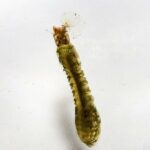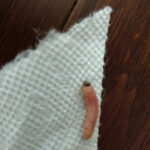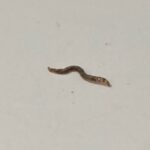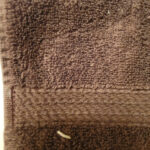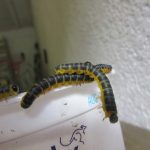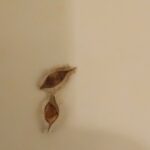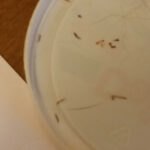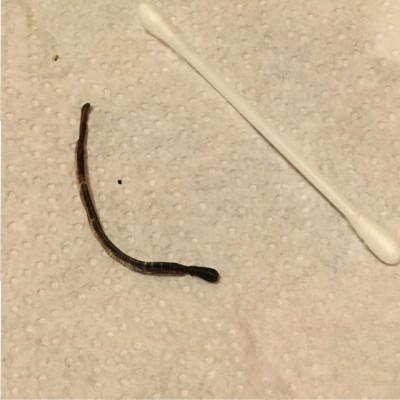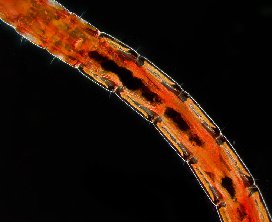
A reader recently commented on one of our posts about bloodworms and asked us to follow up on some questions he has. He wonders if these worms are harmful or threatening to humans, if pest control can help get rid of them, why they appear when the toilet is clean, and the best way to get rid of them completely?
Bloodworms, which are named because of their red color, are also known as midge fly larvae. These larvae feed on organic matter, and they are discovered in toilets fairly regularly.
First, there is no reason to believe that bloodworms are harmful to humans in a direct manner. They do not bite or sting, but they could potentially carry diseases that might harm humans. However, it is unlikely that someone will encounter health problems after being in contact with a bloodworm.
Pest control is probably not the best resource to use when dealing with bloodworms. Pest control is more useful when dealing with a true infestation of a species like termites.
Since midge fly larvae feed off decaying organic matter in a moist environment, the best way to get rid of them is to vigorously clean! If they are appearing even after the toilet bowl has been properly cleaned, then there could be a problem with the piping system connected to the toilet. If that is the case, then our reader should contact a professional plumber, not pest control.
Finally, the best way to get rid of bloodworms is to clean the toilet using a cleaning gel or fluid that is targeted at organic matter and applying it with the proper cleaning tool. The instructions listed on the product should be followed exactly to ensure the sanitizing is done properly.
In summary, a reader asked us some questions in the comment section of one of our posts about bloodworms, or midge fly larvae. We have provided the answers in this post.
All About Worms is always free, always reader-supported. Your tips via CashApp, Venmo, or Paypal are appreciated! Receipts will come from ISIPP Publishing.
You might also find these guys interesting!




